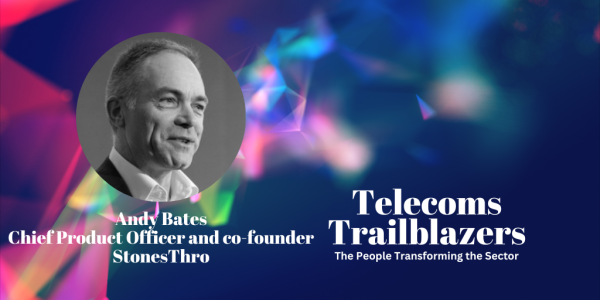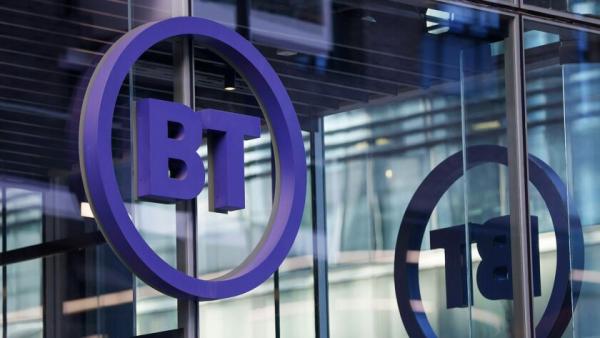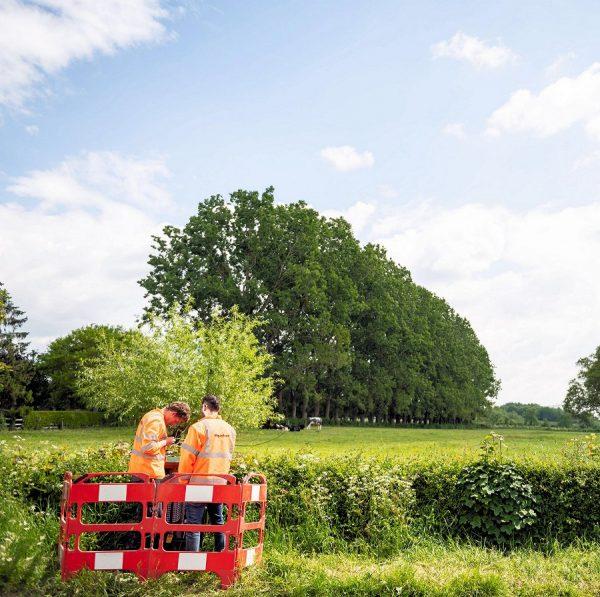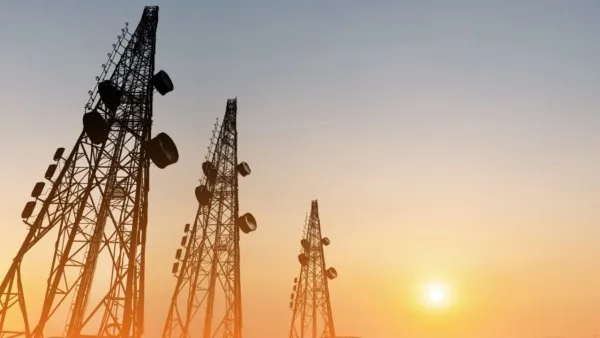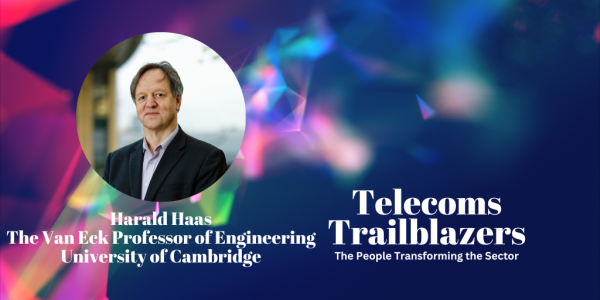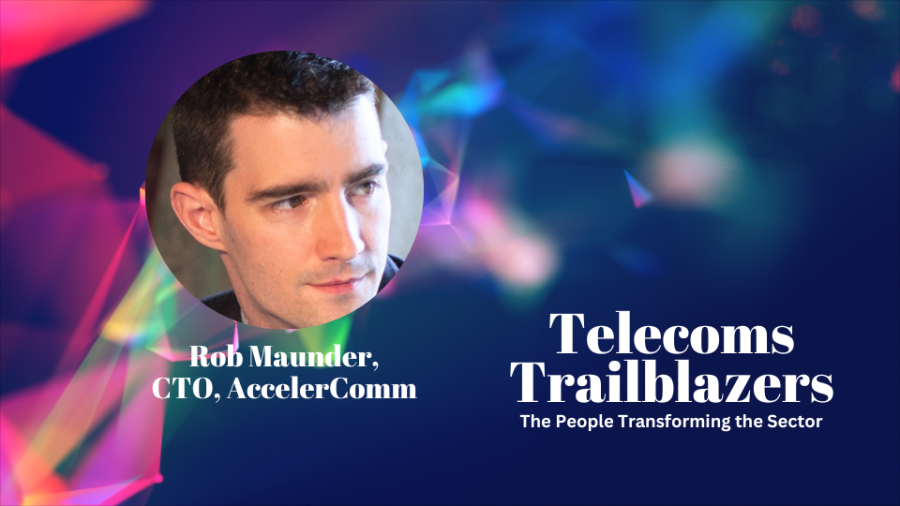
Hi, I’m Rob Maunder, the CTO of AccelerComm, a spinout company that I founded in 2016. We provide 5G high-performance software-defined radio (SDR) and advanced hardware accelerator intellectual property for use in wireless communications networks, which rely on advanced signal processing techniques for error correction, equalisation and channel estimation.
Non-terrestrial Networks (NTNs) are central to our work: Lockheed Martin - an aerospace company that we have been working with for the last two years - recently demonstrated a simulation of a 5G device connecting to a 5G base station on a Low Earth Orbit (LEO) satellite. AccelerComm designed and built the physical layer, the signal processing that converts from bits into radio and radio into bits. Later this year, the base station will launch on a satellite: this will be the world’s first demonstration of a 5G device on the ground connecting to a 5G base station in space.
We supercharge networks by delivering solutions that increase throughput and reduce latency whilst consuming fewer hardware resources and less power. Our IP is ready for the radio networks of the future and can be realised as software, in programmable logic or as custom silicon hardware accelerators.
Whether talking to customers, looking at our technology or the signal processing that we implement, I get involved with lots of different aspects of the business. I am also a professor at the University of Southampton, working with the next-generation wireless research group; I teach, supervise PhD students and support colleagues with various enterprise activities.
1/ What do you enjoy most about working in this space?
I enjoy working at the cutting edge of technology. There are many interesting obstacles we have faced and many more to come, particularly when it comes to which chips you can put into a device when building base stations for space; there are a lot of constraints about which ones you can use. Another challenge is the motion of LEO satellites: they whizz across the sky very fast because of their orbit, but they also need to stay close to the Earth to be able to maintain signal strength. Building all of this without consuming large amounts of power is something else to think about entirely.
2/ What’s the most ridiculous thing you’ve done in the name of work?
When we were first pitching our company, and working on research, we would show investors a piece of paper with lots of complicated maths on it. We realised we needed something more accessible and got together with Future World at the University of Southampton. They helped us come up with a video that explained the concept but suggested we use props. We went for hose pipes. There’s a video of me using the different lengths as an analogy for the different throughputs and latencies. They were quite difficult to control, though. Most of the shots are of me dropping the hose pipes.
3/ What excites you most about working in telecoms?
I am always learning. Technology, after all, is changing rapidly. A big motivator is the opportunity to solve real problems, which is key, I think: we are making an impact. The community of people we work with is also very exciting, and inspiring. When you’ve worked in the industry for a while, you build up relationships and even friendships. I feel lucky to work alongside smart, interesting people across the globe.
4/ What would you like people to know about your work?
I would like everyone to know that our hope and expectation is that we will be the first to demonstrate a 5G signal from a handset on the ground to a base station in space!
5/ Why is a vibrant, flourishing telecoms ecosystem important for the UK?
There’s an opportunity in the UK for the ecosystem to come back together. Let’s play to our strengths. In future, telecoms are going to be less about custom boxes and more about off-the-shelf components and open-source frameworks. It’s going to be about clever ideas as well as clever engineering. It is these practices that will make telecoms more accessible. With the connectivity of different systems, telecoms have become increasingly important. Just look at AI, for example. How does the technology communicate? Telecoms.


